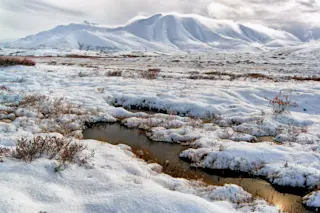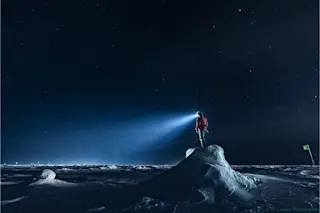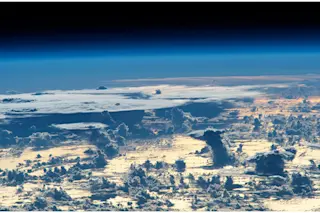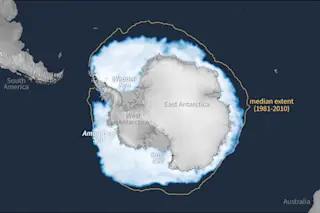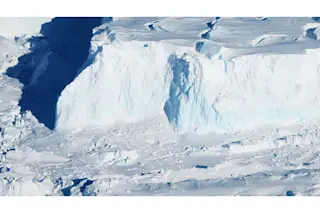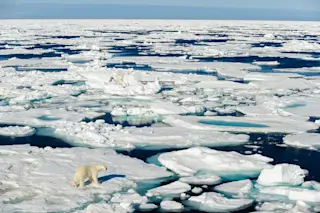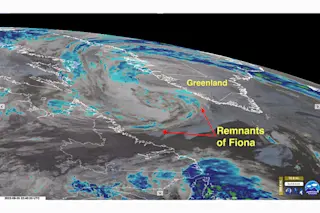Not many ships venture into the Drake Passage, 500 miles of heave and blow between the fjords of southern Chile and the tip of the Antarctic Peninsula. At these latitudes, there is nothing but icy cold ocean, 360 degrees of it. With no landmass to break the wind's fetch, a ship can expect to run into waves that are two, three, even five stories high. Sailing crews consider these the most treacherous seas on the planet.
This afternoon, the Drake is living up to its reputation. As near-hurricane-force winds slam growing swells into the research vessel Nathaniel B. Palmer, scientists below deck scurry to lash down computer terminals and plaster lab equipment with bubble wrap. Off the starboard side, a cavalcade of hulking waves begins to line up, each ready to take a nice swing at the ship. Deck hands pelted by frozen sea spray and snow stagger like drunks. ...




